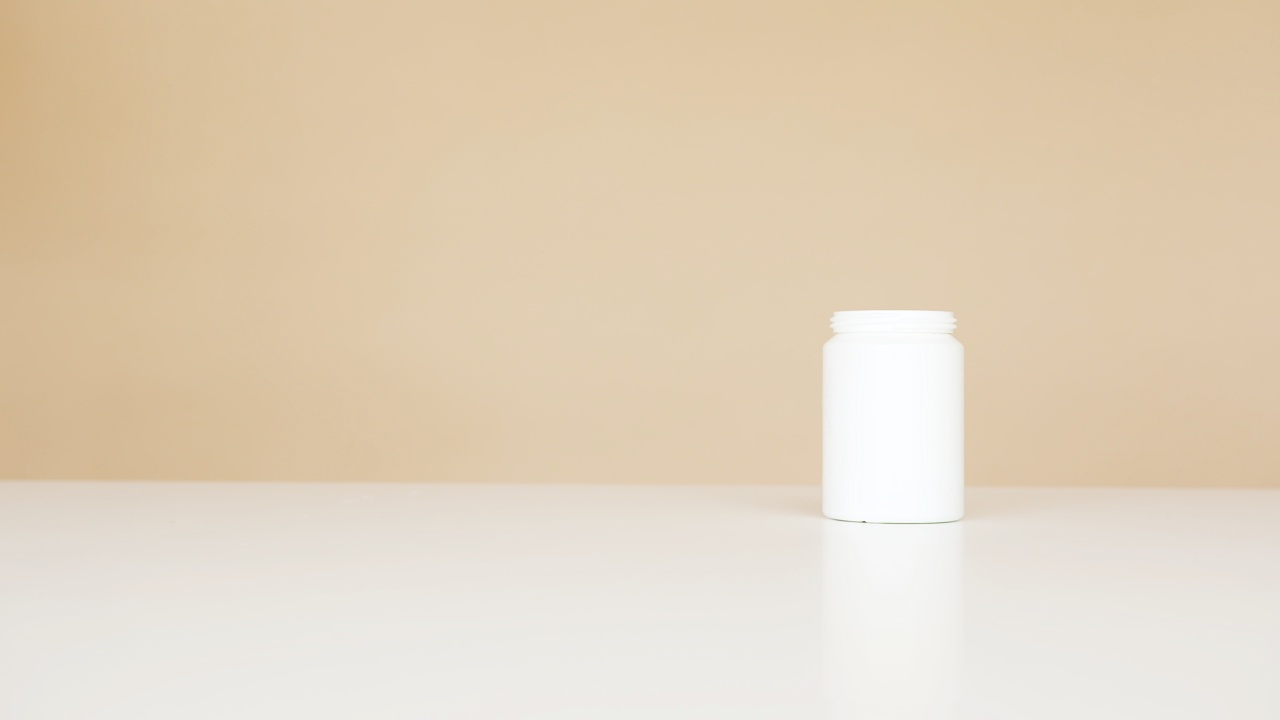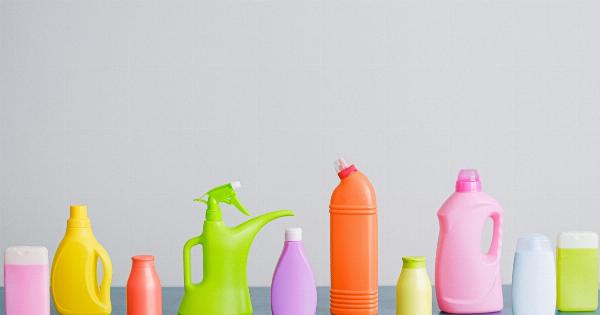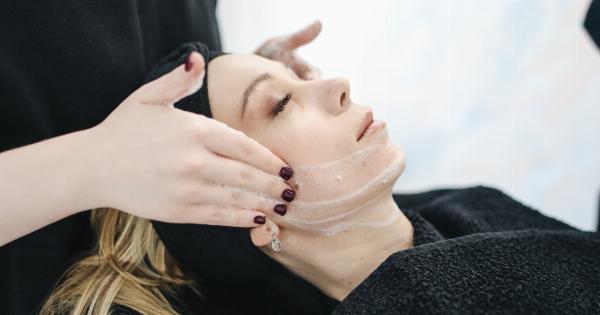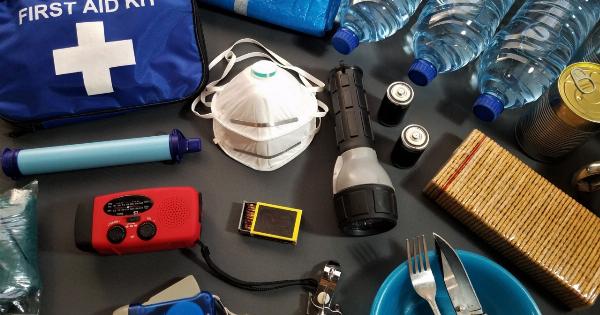Cleaning is important to keep our homes and workplaces clean and free from germs and bacteria. However, the cleaning products we use may be doing more harm than good.
Besides harming the environment, many cleaning products contain antimicrobial agents that promote the development of antibiotic-resistant bacteria.
Antibiotic resistance refers to the ability of bacteria to resist the effects of antibiotics, which are drugs used to kill or stop the growth of harmful bacteria.
A major factor contributing to antibiotic resistance is the use of antimicrobial agents in consumer products, such as cleaning products, personal care products, and food packaging.
What Are Antimicrobial Agents?
Antimicrobial agents are substances that kill or suppress the growth of microorganisms such as bacteria, viruses, fungi, and algae.
They are commonly added to consumer products, such as cleaning products, to kill or inhibit the growth of microbes that cause odor, stains, and other types of damage. Examples of antimicrobial agents commonly used in cleaning products include:.
- Triclosan
- Quaternary ammonium compounds (quats)
- Chlorhexidine
- Hydrogen peroxide
How Do Antimicrobial Agents Promote Antibiotic Resistance?
The use of antimicrobial agents in consumer products promotes antibiotic resistance in several ways. One of the major ways is through the selection pressure it exerts on bacteria.
By killing or suppressing the growth of susceptible bacteria, antimicrobial agents create a selection pressure that favors the survival and multiplication of resistant bacteria.
Another way that antimicrobial agents promote antibiotic resistance is by exposing bacteria to sublethal doses, which do not kill the bacteria but increase their resistance to antibiotics.
This phenomenon is known as cross-resistance or co-resistance, where bacteria develop resistance to multiple antimicrobial agents and antibiotics.
What Are the Health Risks of Antibiotic Resistance?
The health risks of antibiotic resistance are significant. Antibiotic-resistant bacteria cause infections that are more difficult to treat and more likely to lead to complications and death.
They also increase the cost and duration of treatment and contribute to a higher incidence of hospitalizations.
Some of the common infections caused by antibiotic-resistant bacteria include:.
- Pneumonia
- Tuberculosis
- Bloodstream infections
- Urinary tract infections
- Surgical site infections
- Sexually transmitted infections
What Can You Do to Reduce the Risk of Antibiotic Resistance?
Reducing the risk of antibiotic resistance requires a multifaceted approach that involves both individuals and society as a whole. Here are some things you can do:.
- Use cleaning products that do not contain antimicrobial agents.
- Use antibiotics only when necessary and as prescribed by a healthcare professional.
- Practice good hygiene, such as washing your hands with soap and water and covering your mouth and nose when coughing or sneezing.
- Get vaccinated to prevent infections and reduce the need for antibiotics.
- Do not share antibiotics with others or use leftover antibiotics of your own.
- Support government initiatives to reduce the unnecessary use of antibiotics and regulate the use of antimicrobial agents in consumer products.
The Bottom Line
Cleaning products play an important role in keeping our homes and workplaces clean and healthy. However, the use of antimicrobial agents in these products may be contributing to antibiotic resistance, a major public health concern.
By choosing cleaning products that do not contain antimicrobial agents and adopting good hygiene practices, we can reduce the risk of antibiotic resistance and protect our health and the health of those around us.






























